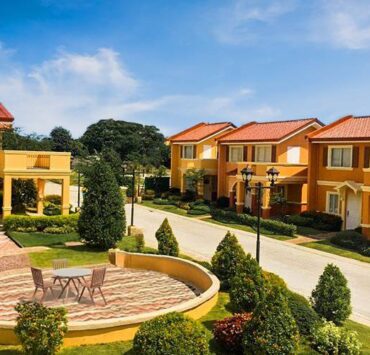Reclaiming the sweet spot of real estate development
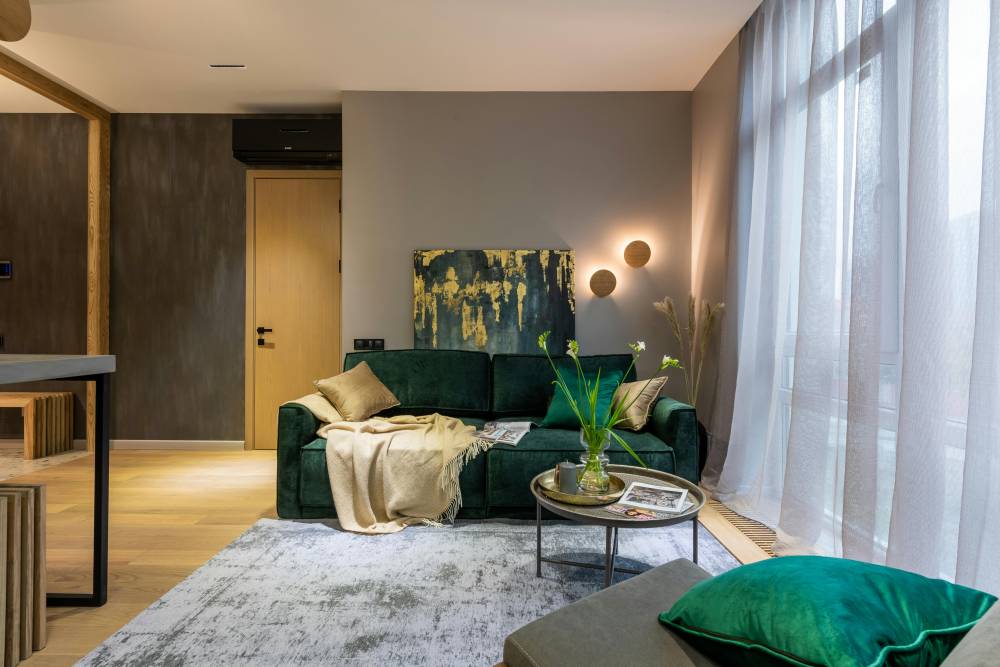
Mid-market housing serves as the country’s actual housing engine, driven by aspirations for upward mobility, combined with pragmatic constraints.
Households in this segment typically earn between P50,000 and P150,000 monthly—often dual-income—and aim to move beyond rentals toward stable ownership. These are professionals, outsourcing workers, nurses, teachers, families of overseas Filipino workers (OFWs), and entrepreneurs who represent the economic engine of cities.
Their decisions are often influenced by long term usability, generational investment potential, and total cost of ownership.
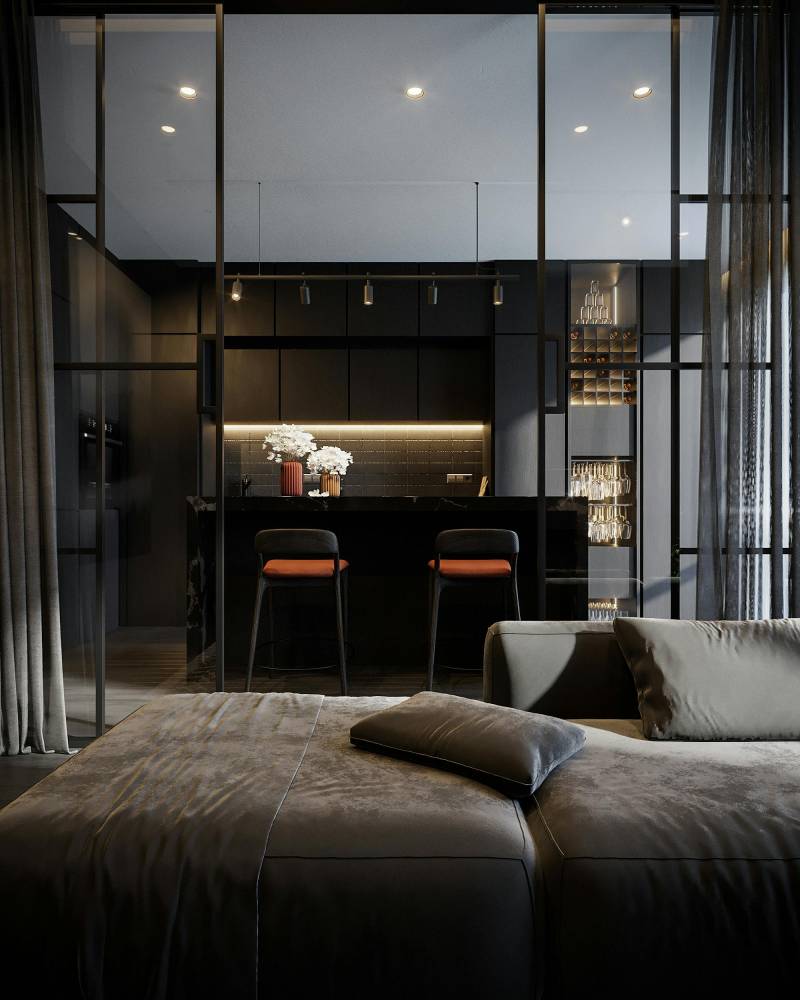
Recalibrating priorities and product mix
For condominiums, one- and two-bedroom formats typically range between 28 sqm and 48 sqm, prioritizing daylight access, cross ventilation, and spatial continuity. In parallel, house-and-lot configurations catering to the same segment often span 60 sqm to 90 sqm in floor area on lots ranging from 80 sqm to 120 sqm, with layouts that support single carports, modest outdoor space, and future vertical expansion.
Integrating modular furniture solutions or reconfigurable partitions allows units to flex with their residents’ changing needs.
Amenities should enhance daily life without bloating condo dues. These may include neighborhood retail strips, postal lockers, community work lounges, and multipurpose courts instead of lap pools or viewing decks.
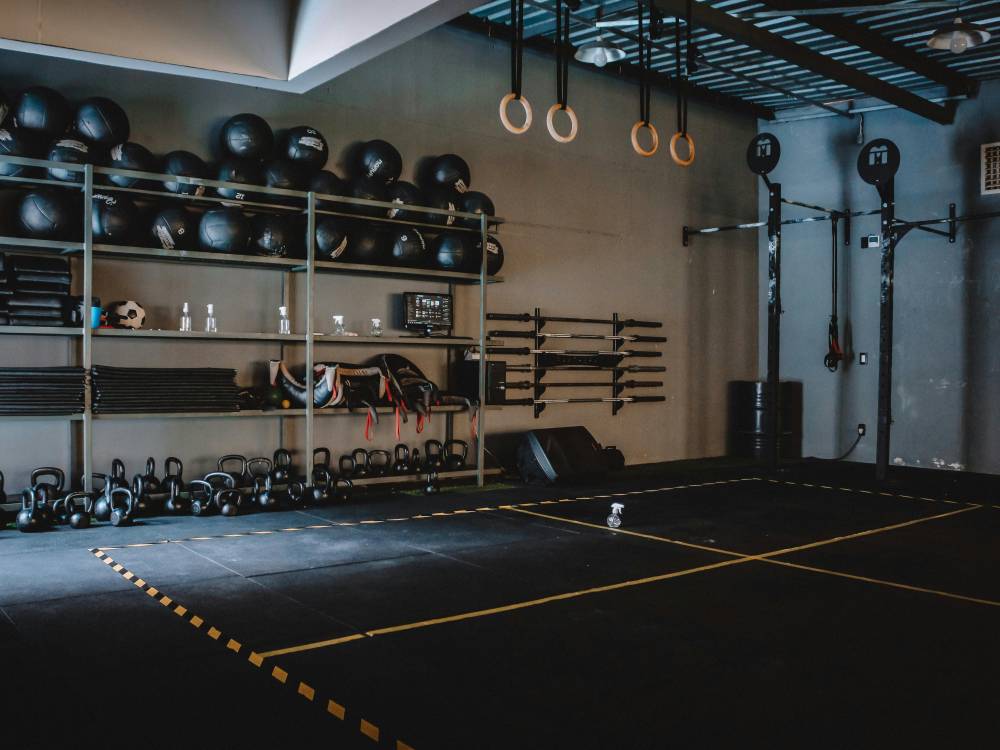
Strategic locations beyond CBDs
Data from Colliers Philippines shows that buyers in the P3 million to P6 million bracket are migrating toward peripheries such as Bacoor in Cavite, San Jose del Monte in Bulacan, and Calamba in Laguna, where land values remain manageable and transportation infrastructure is improving.
Projects near railway extensions, bypass roads, or newly zoned mixed-use corridors gain an immediate advantage. These locations also offer developers access to larger parcels that enable open spaces, perimeter greens, and integration with future public nodes.
Flexible financing as a winning proposition
While Pag-IBIG continues to support loans of up to P6 million, many buyers in the mid-market band require hybrid support that includes edge-qualified bank loans, bridging options, and well-paced equity spreads.
Banks often provide fixed-rate mortgages with flexible terms, but can be strict on document compliance and income thresholds. In contrast, in-house financing offers faster approval timelines and minimal documentary requirements, often with higher interest rates and shorter amortization periods.
A 15 to 20 percent down payment over 24 months, combined with milestone-based discounts or early move-in offers, creates urgency while easing decision anxiety. Developers who educate buyers, simplify documentation, and integrate digital application tools stand out, as clarity is often more valuable than price alone.
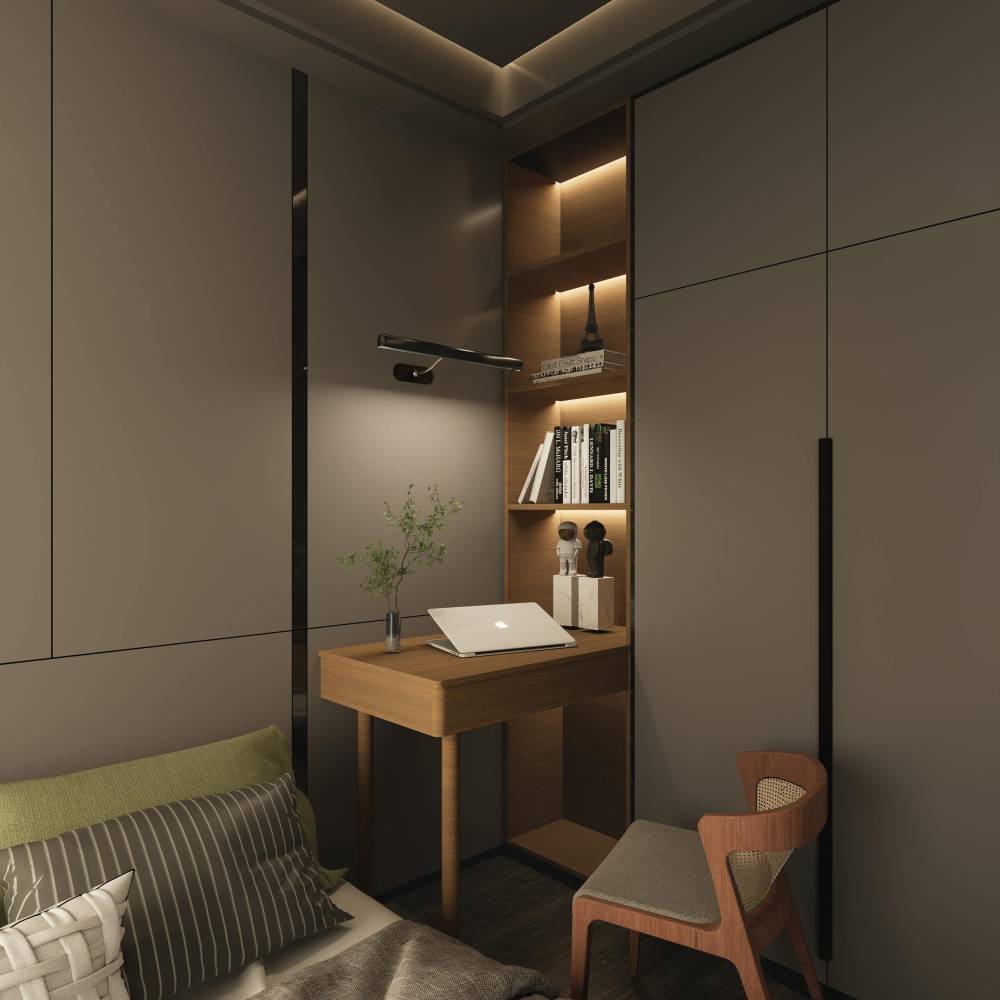
Designing for daily life
The lived experience within mid-market homes is often multi-layered—shaped by routines that intersect across spatial boundaries. In the same compact unit, a parent might conduct virtual meetings in the morning, supervise children’s schoolwork in the afternoon, and host family gatherings on weekends.
Bedrooms double as offices; dining tables are converted into study desks; and living areas are flexed into sleeping quarters for visiting relatives. These overlapping functions demand design foresight that anticipates real life patterns rather than idealized lifestyles.
Window placements that allow natural cross-ventilation help mitigate electricity costs. Provision for washer-dryer space inside bathrooms or utility closets enhances functionality. Units must also include provisions for Wi-Fi routers, ample electrical outlets, and future tech upgrades. Shared spaces must emphasize visibility and safety, particularly for children and elderly residents.
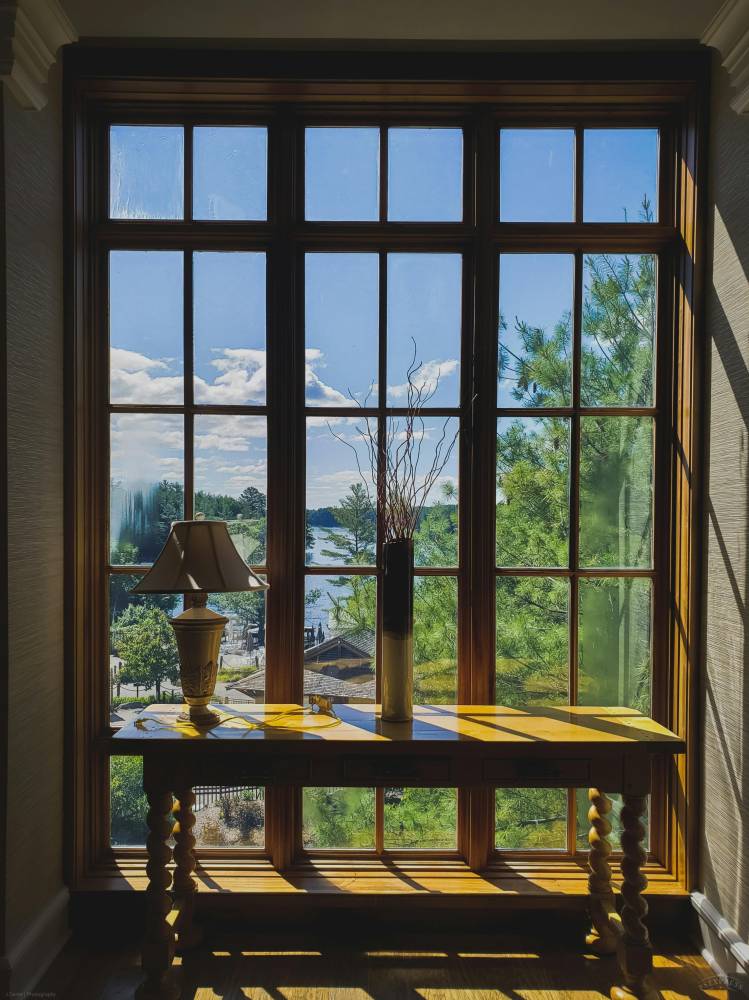
Marketing with real relevance
Site visits with sensory walkthroughs, testimonials from actual residents, and practical use-case demonstrations foster buyer confidence.
Developers who showcase how space supports remote work, child-rearing, and micro-entrepreneurship resonate more deeply. Social media should reflect authentic community dynamics and clear delivery track records rather than purely aspirational imagery.
Toward the center of the curve
Developers who embed credible research, resilient designs, and market-savvy financing into their mid-market projects are better positioned to scale with integrity and velocity. The center is not a compromise. It is the arena where the country’s housing future will be contested and won.
The author (www.ianfulgar.com), is a leading architect with an impressive portfolio of local and international clients. His team elevates hotels and resorts, condominiums, residences, and commercial and mixed-use township development projects. His innovative, cutting-edge design and business solutions have garnered industry recognition, making him the go-to expert for clients seeking to transform their real estate ventures















